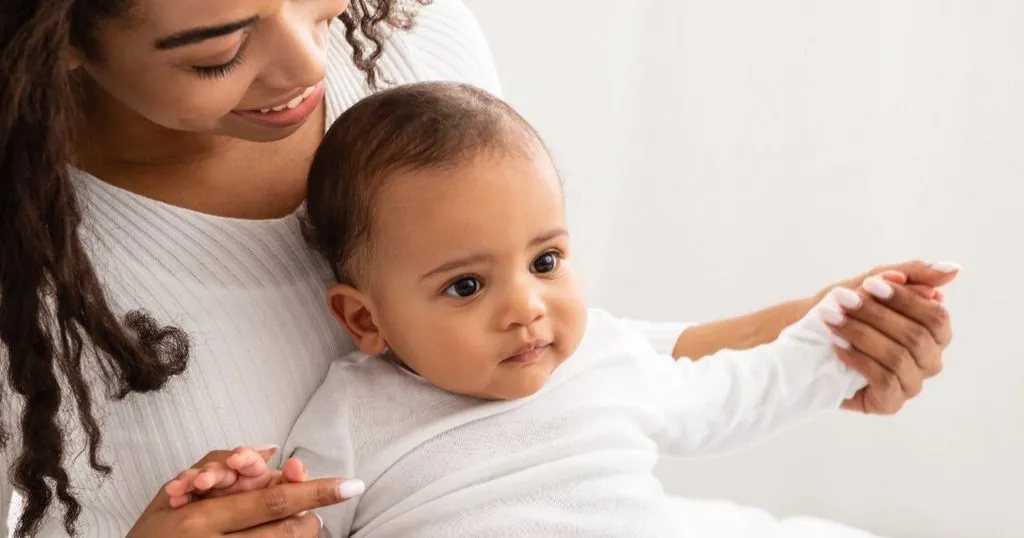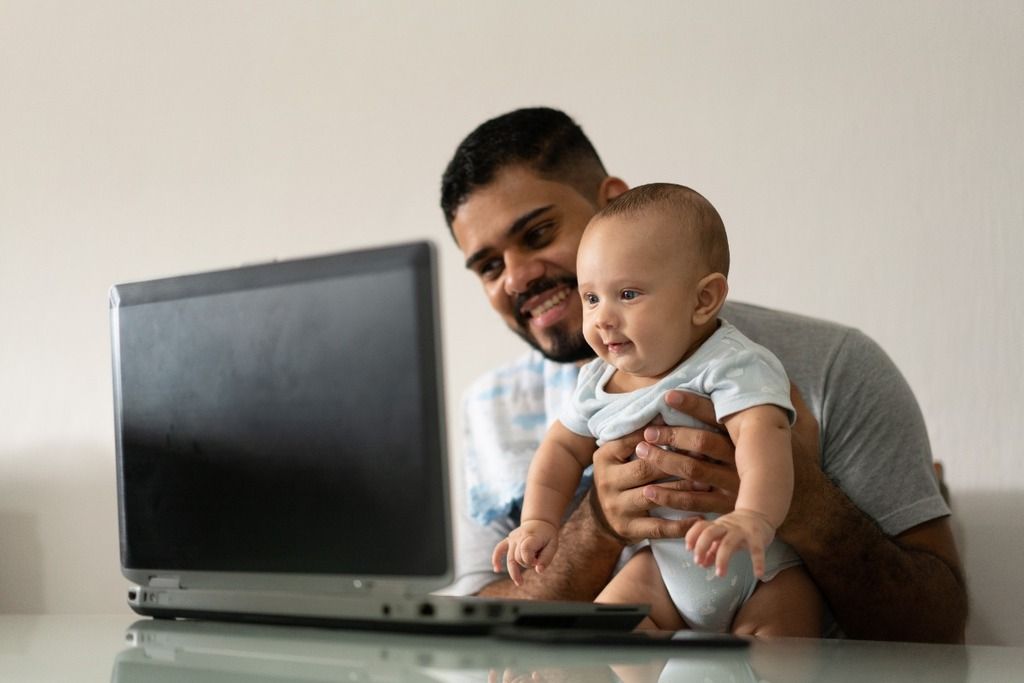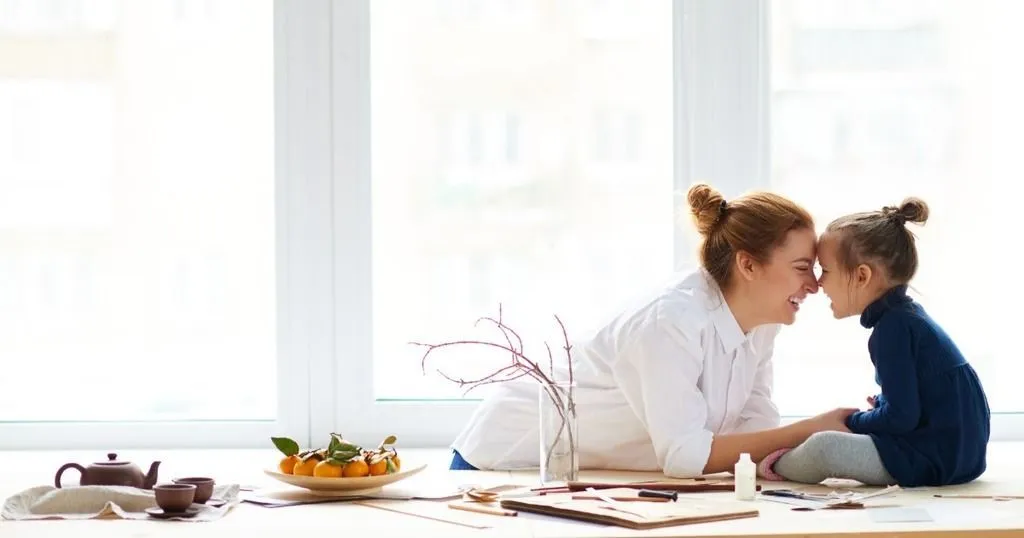Understanding infants’ development of moral and social behavior
At the Centre of Infant Cognition at UBC in Vancouver, researchers conduct independent studies as well as participate in ManyBabies projects to further understand the development of moral and social behaviors of infants.
Posted by
Published on
Tue 15 Oct. 2024
Topics
| Child Development | Developmental Psychology | Eye Tracking | FaceReader | FACS | Infants | MediaRecorder | The Observer XT |

At the Centre of Infant Cognition at the University of British Columbia in Vancouver, Canada, the main goal is to further understand the development of moral and social behaviors and understanding of infants. To achieve that, they conduct independent studies as well as participate in ManyBabies projects (which are large-scale collaborative efforts to advance developmental psychology), and use Noldus tools to support their research.
FREE WHITE PAPER: Tools for infant studies
Learn more about the software tools available for infant studies.
- Capture behaviors with video
- Annotate behaviors accurately
- Unobtrusive emotion analysis
Social behavior and moral development: The building blocks of connection
Social behavior and moral development are deeply intertwined, shaping how infants interact with others and understand right from wrong. From an early age, babies start recognizing emotions, responding to voices, and enagaging in simple social exchanges like smiling and eye contact.
As they grow, they start to mimic behaviors, show empathy, and even demonstrate a basic sense of fairness — important building blocks of moral development. Early social interactions shape how children learn to cooperate, build trust, and make ethical decisions later in life. Understanding these early stages gives us a glimpse into how the foundations of kindness, justice, and social bonding take root from the very start.
A typical workday of a developmental psychology researcher
Francis L. Yuen is one of the researchers involved at the Centre of Infant Cognition, also known as the Hamlin Lab. Much of his work focuses on infant’s social and moral development, as well as examination of how infants develop inter-group biases and how these biases come to influence their social and moral judgements.
In an interview with Jacqueline Martinali from Noldus, he explains that his workdays are filled with either conducting experiments, preparing the experiments by creating stimuli or getting new stimuli ready, doing background research for new studies, or doing analytic work like running videos through software programs such as Baby FaceReader. He mentions that Baby FaceReader is suitable to use for automating processes, doing back-end analysis, and processing raw data.
ManyBabies (MB)
Babies come to the Hamlin Lab every day. At a minimum, every week 5 to 6 babies come to the lab for tests that Francis organizes. In a busy week, even more than 20. Some of these tests provide data used in the ManyBabies projects.
By means of a collaborative project, the goal of ManyBabies is twofold:
- Replication of influential experiments in developmental psychology - bringing together experts in the same field across the world and massively increase the amount of babies that can participate in the experiments.
- Provide a way to involve labs that are from less privileged regions - offering a platform to participate in main streams of developmental work, take care of more inclusiveness, and increase the generalizability of the findings.
A global network of more than 500 developmental researchers are involved in the ManyBabies projects, which are organized in main projects (either empirical or methodological), spin-off projects, and secondary analyses. The 6 empirical projects aim to gain knowledge by means of direct and indirect observation or experience.
Find an overview of the 6 empirical projects on the customer story page of Center of Infant Cognition.

Babies’ social behavior
Francis is one of two co-leads for ManyBabies 4, a large-scale multi-site replication of Dr. Kiley Hamlin’s work on infant’s preference on helpers and hinders. In the Netflix series Babies (part 2, episode 4), Dr. Hamlin discusses the work of this project.
When she started her research, she simply wanted to know whether babies are making social judgements. In particular, she was interested in babies’ understanding of those who help others versus those who hinder others.
Measuring infants’ eye gaze
By presenting babies (3, 6, and 10 months of age) a puppet show, they tried to find out if babies pick out whether somebody intends good things or bad things. For that, they captured eye gaze, toward and away from the puppet show, and body behavior of the babies.
As babies can’t tell in words who they like more, one way the researchers can probe their preference is to let them make a choice between the helper character and the hinder character, for example by pointing at one of the two. What the research team observed, is that the majority of babies who saw the show, chose the helper. These results opened up the possibility that morality is not all learned.
Currently the research team is conducting similar experiments to follow-up on these intriguing findings. For this, they use MediaRecorder to capture the behaviors of babies and The Observer XT to code these behaviors.
FREE TRIAL: Try The Observer XT yourself!
Request a free trial and see for yourself how easy behavioral research can be!
- Work faster
- Reduce costs
- Get better data
The way to present babies stimuli
Another possible execution of the tests is showing babies film versions of the puppet show. Francis spends a lot of his time on this, amongst others by creating stimuli such as animations. Because measuring eye gaze via eye tracking requires very precise timing, it is easier to present the infants animations/videos.
Baby FaceReader can save lots of time
To automatically detect the infants’ facial expressions, Francis tried out Baby FaceReader, the software tool for automatic analysis of facial expressions of infants, using the Baby Facial Action Coding System (Baby FACS, developed by Professor Oster). The intention was to use this as a replacement for manual FACS coding, since FACS coding is extremely labor intensive and requires a lot of training.
For the ManyBabies 4 project we are not looking at a group of just 30 babies that a typical lab worker normally works with, but hundreds of babies. Therefore, using Baby FaceReader will be immensely beneficial in terms of timesaving, under the condition that the output of Baby FaceReader corresponds to FACS coding. It is hundreds of times faster than manual FACS coding. Besides, it is a user-friendly system according to Francis.
Automatic gaze coding promising for the future
According to Francis, one very exciting and promising innovation is automatic gaze coding. A lot of infant research work is built on infant’s looking time and looking behavior. Eye tracking studies and eye tracking setups are extremely popular.
It would be a great thing happening in the near future if we can make this kind of research more easy and accessible, especially when eye tracking tests could run in remote locations without needing a lot of equipment. It would drastically increase not only who can conduct eye tracking work, but also on whom we can conduct the eye tracking work.
Expanding networks to answer novel research questions
The ManyBabies projects try to build larger networks which can help to answer novel questions which need a large sample size to investigate. Besides, by continuing with ManyBabies projects, replication work will be tackled and we will learn much more about infants’ behavior.
References
- ManyBabies
- ManyBabies4
- Netflix series ‘Babies’, season 2, episode 4 ‘Relations’
- Hamlin, J.K. (2015). The case for social evaluation in preverbal infants: gazing toward one’s goal drives infants’ preferences for Helpers over Hinderers in the hill paradigm. Frontiers in psychology, https://doi.org/10.3389/fpsyg.2014.01563
- Lucca, K. et al. (2021). Infants' social evaluation of helpers and hinderers: A large-scale, multi-lab, coordinated replication study. In principle acceptance to Developmental Science.
- Posters presented as part of the ManyBabies Poster Symposium at the 2022 International Congress for Infant Studies (ICIS)
- An Experiment by Kiley Hamlin: Helpers and Hinderers
Related Posts

The role of inhibitory control on substance use in adolescence

Helping children cope with social anxiety
